Louisiana State Flower Magnolia Perfume
$49.00
Breathe in the Sweetness of Magnolia
Experience the captivating aroma of Louisiana’s state flower with our Magnolia Perfume. This enchanting fragrance encapsulates the essence of the magnolia blossom, transporting you to a serene Southern garden with every spritz.
Why Magnolia?
Known for its gorgeous white petals and intoxicating scent, the magnolia flower symbolizes purity and splendor. Our perfume captures this elegance, making it a perfect signature scent for any occasion.
Indulge in a Unique Fragrance
Let the rich, floral notes of Magnolia Perfume envelop you, offering a warm, inviting aroma that lingers beautifully on the skin. Ideal as a gift or a personal treat, this perfume celebrates the timeless beauty of Louisiana’s beloved state flower.
Magnolia: The Symbolic Flower of Louisiana
The magnolia flower, renowned for its unparalleled beauty and intoxicating fragrance, holds a cherished position as the official state flower of Louisiana. The magnolia was designated as the state flower in 1900, reflecting its deep-seated significance in Louisiana’s cultural and historical landscape. Chosen for its widespread presence and symbolic charm, the flower has remained a beloved emblem of the state, embodying its natural elegance and timeless splendor.
Botanically, magnolias are characterized by their large, striking blossoms, which often feature creamy white petals and a distinctive, pleasant aroma. Blooming primarily during the late spring and early summer months, these flowers create a stunning spectacle that draws admiration from locals and visitors alike. The Southern Magnolia (Magnolia grandiflora) is the most common species found in Louisiana, its majestic presence accentuating the lush, verdant scenery of the region.
The magnolia’s aesthetic appeal is matched by its robust structure. The evergreen leaves are glossy and broad, providing a lush backdrop to the elegant flowers. These trees are typically tall, with some growing to a height of 90 feet, making them a commanding presence in gardens and landscapes throughout the state. Magnolias thrive in Louisiana’s warm, humid climate, further embedding themselves into the natural fabric of the region.
Beyond its botanical characteristics, the magnolia flower holds a special place in Louisiana’s traditions, art, and folklore. The flower often features in local art, symbolizing purity, nobility, and perseverance. Its likeness is seen in ornamental designs, literature, and various forms of creative expression, highlighting its integral role in the cultural tapestry of Louisiana. Folklore surrounding the magnolia speaks to tales of love, beauty, and resilience, mirroring the qualities admired in the flower itself.
In local traditions, the magnolia is frequently used in ceremonial and festive decorations, symbolizing a sense of continuity and heritage. Its enduring presence testifies to the deep connection between the people of Louisiana and their natural surroundings, making the magnolia an indispensable symbol of the state’s identity and spirit.
Capturing Magnolia’s Fragrance in Perfumery
The magnolia flower, known for its captivating and delicate fragrance, presents a symphony of fresh, creamy, and lemony notes that gracefully intertwine to create an unparalleled olfactory experience. This unique scent profile makes magnolia an endearing choice in the world of perfumery. The fresh aspect of its scent evokes a sense of purity and cleanliness, while the creamy undertones lend a soft, luxurious feel. The lemony hints introduce a faint but invigorating zest, balancing the fragrance beautifully.
Crafting perfumes that encapsulate the essence of magnolia involves various sophisticated techniques. One traditional method is essential oil extraction, where steam distillation is used to capture the purest form of the flower’s aroma. Another age-old technique is enfleurage, in which flower petals are placed on layers of fat to absorb their fragrance, then the scented fat is washed with alcohol to release the essential oils. While these methods are lauded for their effectiveness, modern synthetic techniques have also gained prominence. These involve creating complex chemical compositions that mimic the natural scent of magnolia, providing a more sustainable and often more consistent option.
Several renowned perfumers and brands have mastered the art of bottling magnolia’s essence. For instance, Maison Christian Dior’s “Diorissimo” offers a classic yet elegant rendition of this beloved bloom, harmonizing it with other floral notes to create a sophisticated fragrance. Another noted example is “Mizensir Epine de Rose,” which seamlessly incorporates magnolia to produce a scent that is both fresh and opulent.
Wearing magnolia perfume is a sensory delight, providing a fragrant reminder of nature’s grace and beauty. The fresh and creamy elements evoke a sense of tranquility and elegance that appeals to a wide demographic. Moreover, the lemony nuances add a subtle uplifting touch, making it both versatile and universally appealing. Beyond its sensory allure, magnolia’s fragrance carries cultural significance, symbolizing nobility and perseverance, which enhances its desirability among fragrance aficionados. Thus, capturing magnolia’s essence in perfumery not only honors its natural beauty but also perpetuates its cherished place in cultural history.
Only logged in customers who have purchased this product may leave a review.


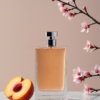

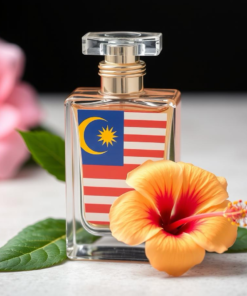
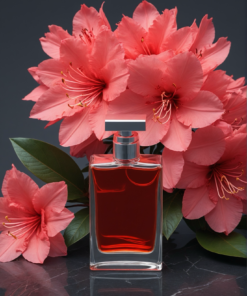
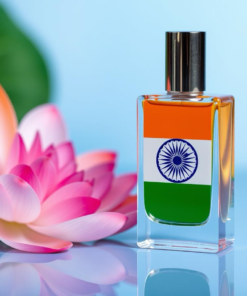
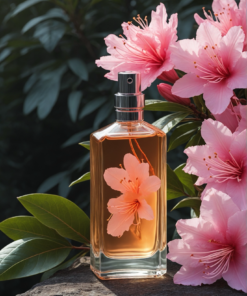
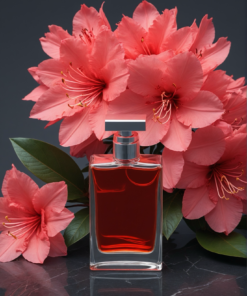
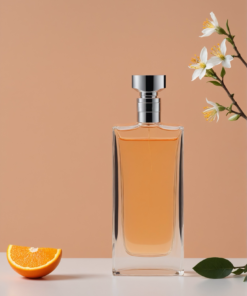
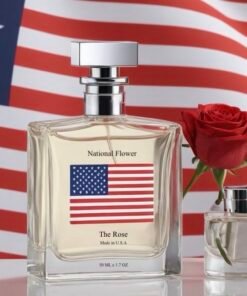
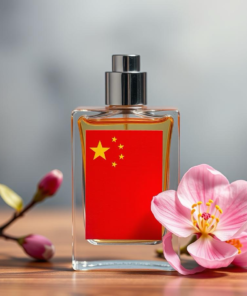
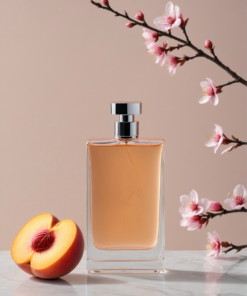
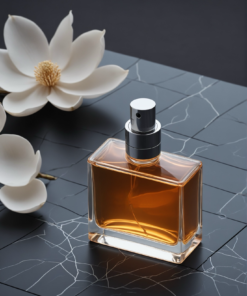
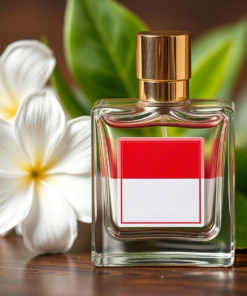

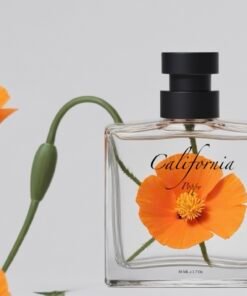
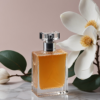
Reviews
There are no reviews yet.